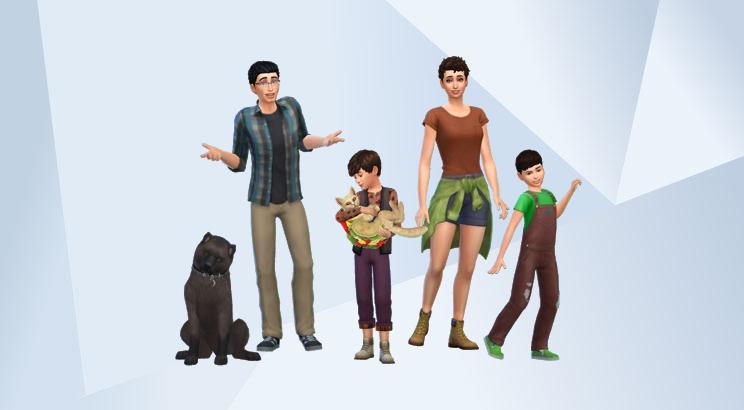The System of Ideas:
The System of Ideas is shaped through contact, and it informs content creation.
Simmers build from the familiar--a Simmer could not participate mindfully in a trend or challenge if they have never been exposed to it.
When Simmers create content, they call on their previous observations and knowledge to make meaning. Marilyn Cooper's system of ideas posits that writers gain their knowledge from their experiences within the ecology; she writes, "The system of ideas is the means by which writers comprehend their world, to turn individual experiences and observations into knowledge" (8). Cooper continues on to claim that ideas are always the result of contact, "whether face-to-face or mediated through text" (8). Individual simmers draw from this system within the Simming ecology to inform their meaning-making. Over time, these individual interactions reshape the system's norms and practices.
When carefully traced, the system of ideas reveals how Simmers draw from a dynamic pool of knowledge to create something that is comprehensible to themselves and others. This process can be seen as assembling a kind of fluid context of understanding. Tisha Turk and Joshua Johnson speak to this system when they posit, "In an ecological model, context is not something that simply exists; it's something that the participants in the ecological system create through their various fannish activities and, importantly, the textual traces of those activities" (2.6). The activities and textual traces of Simmers in the ecology, then, construct a kind of ideas "database" that Simmers access to understand and create meaning. The "database" is continually changing. Ideas and experiences are continuously contributed, and with time, they gain and lose relevance and prevelance.
Ideas result from contact, and this can be seen in beginner Simmer trends. Simmers who have had a lot of contact with other Simmers and Simming content have access to a larger toolkit of ideas. In contrast, Simmers who lack experience in the Simming ecology are relatively less integrated into its specific system of ideas. They often draw primarily from their initial observations of the game's interface and their pre-existing personal experiences to create meaning within the game. One example of this can be seen on the left; one of my first creations in The Sims was my husband and I. This was an easily accessible idea to me because it drew from my own experiences and previous thoughts, rather than those of other content creators in wider ecology that I had yet to knowingly interact with.
In Julie Rak's "Life Writing Versus Automedia: The Sims 3 Game as a Life Lab,"
she cites Will Wright (the game's creator) and speaks of how ideas and comprehension are often informed by the simmer's own life. She writes, "Sims players have used The Sims environment to tell their own stories. Will Wright has pointed out that an important element for many players in in fact autobiographical: 'in The Sims, one thing that almost everybody does, right off the bat, is they place themselves in the game with their family and their house and next door neighbors'" (Rak 174). This practice is prevelant because of its accessibility--to be able to create something, Simmers must first recognize and comprehend it.
This common trend demonstrates that ideas do not happen in a cognitive vacuum. In the absence contact with the Simming ecology's larger system of ideas through interaction with other simmers' tweet, videos, and streams, beginning Simmers can draw from the most accessible pieces of the system of ideas through their individual experiences and their understanding of the game's engine. This doesn't mean that Simmers who are more experienced never create their own houses or families, however. After all, these experiences and observations are still held within their figuring of the larger system of ideas "database." However, the prevelance or popularity of certain kinds of content and creations can vary along with individual Simmers' influence on the wider ecology's system of ideas.

